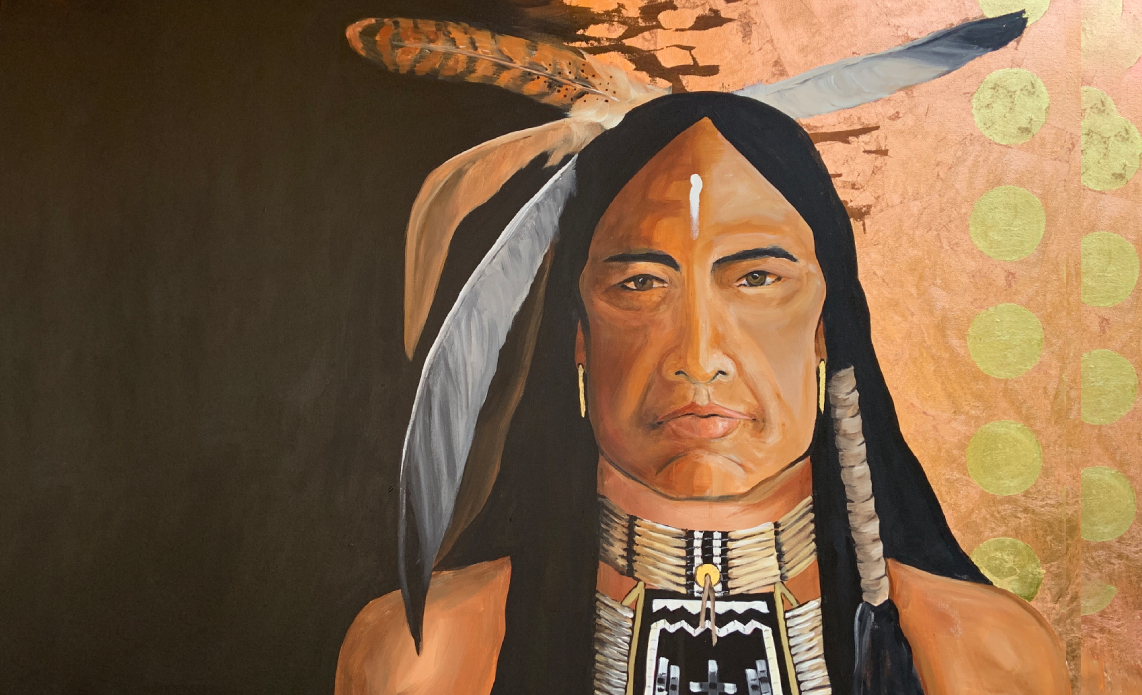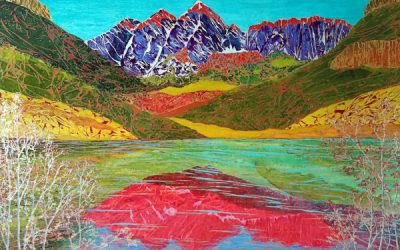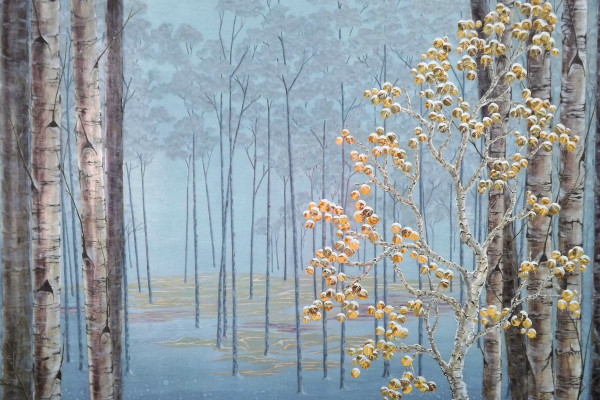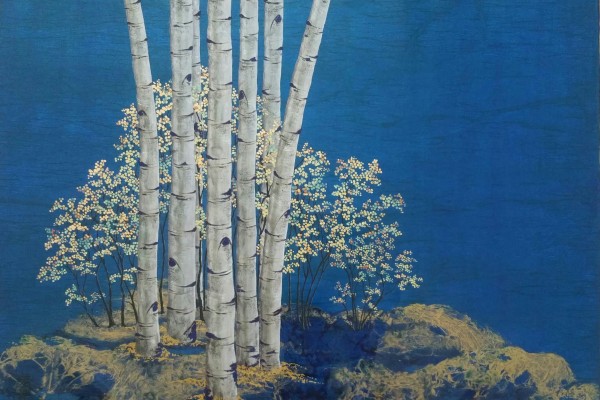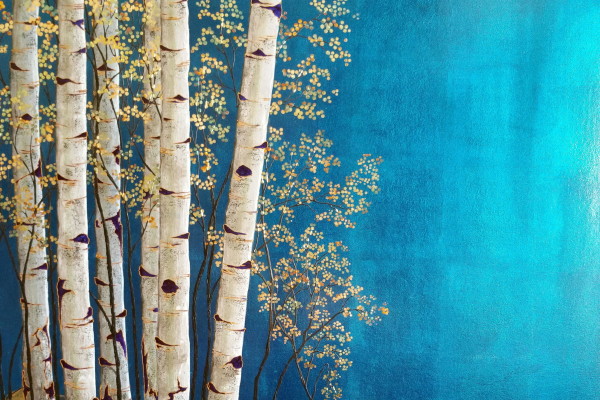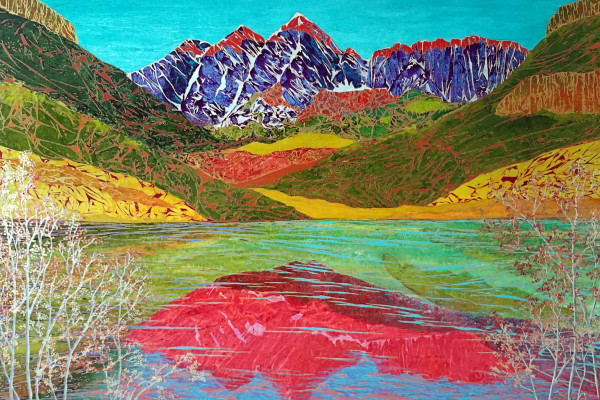A New York native, Kate McCavitt currently lives and works in Oceanside. She began painting in 1985 after switching coasts, starting what would become ten years of training in Sumie (Asian Brush) with a contemporary Zen style master. Discontent within the confines of ink and subdued color, she began exploring experimental watermedia as the new millennium started. With her early influences of the Rinzai Zen masters and Toko Shinoda, she never completely abandoned the Sumie aesthetics of balance, harmony and negative space. Her inspirations shifted naturally to Maxfield Parrish for his use of transparent oil color washes, Gustav Klimt for his use of metallics in mind-bending embellishment and Eyvind Earle for his revolutionary “Seeing” style ( Disney’s magician who elevated cartoon backgrounds to art) of portraying the ordinary as extraordinary. Kate is self taught in much of the technique that defines her work, indulging in “experimental watermedia” which she says is code for playing with paint, trying odd things, failing and sometimes hitting on something brilliant. Over time, her signature style emerged and her use of color isolation via transparent color washes and varnish layers with shape isolation from threads of metallic paint, produced artworks with visual reference to enameled metal or Cloisonné. Kate’s work is in private and corporate collections in the United States, Europe and the United Arab Emirates.
“All of my art is born of attention and an awareness that everything in the world is immediately available for me to witness and express through painting. I’m moved to create with transparent layering, rich surface detail, intense pigmentation and extraordinary luminosity so that my Mixed Media paintings sing of Nature’s radical but elegant side. I love the idea of hidden or partly revealed things and I hope viewers feel compelled to touch my work to connect with it, and then find their own magical things within it.
I like calling myself a “liminalist”, being neither a purely abstract nor representational artist and creating art that leads it’s viewer to delightful ambiguity; a twilight where an inclusive unresolve lives. This kind of art remains relevant.”
